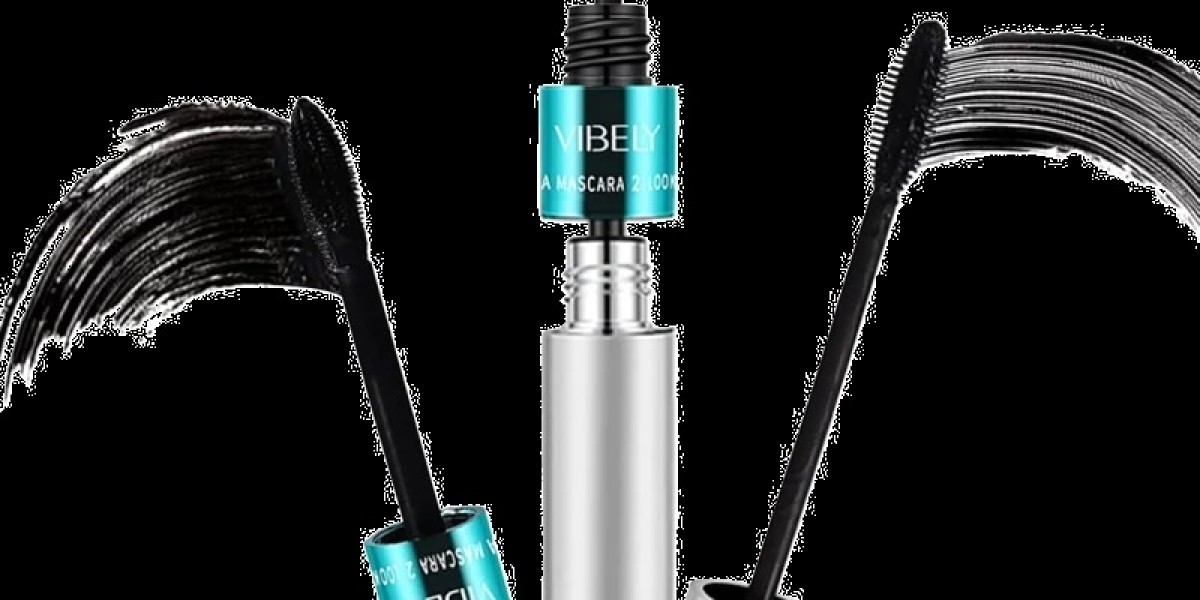Near-infrared supportive care is an innovative approach that utilizes specific wavelengths of light to promote healing and enhance overall well-being. This method has gained traction in various medical fields, particularly in pain management and rehabilitation. But how does it work, and what are its benefits?

Understanding Near-Infrared Supportive Care
Near-infrared light therapy involves the application of light in the near-infrared spectrum, typically between 700 to 1100 nanometers. This light penetrates the skin and tissues, stimulating cellular processes. The primary mechanism behind this therapy is the enhancement of mitochondrial function, which is crucial for energy production in cells.
- Improves blood circulation
- Reduces inflammation
- Promotes tissue repair
- Enhances immune response
Mechanisms of Action
When near-infrared light is absorbed by the skin, it triggers a series of biochemical reactions. These reactions lead to increased ATP (adenosine triphosphate) production, which is essential for cellular energy. Additionally, the therapy can stimulate the release of nitric oxide, a molecule that helps to dilate blood vessels, improving circulation and oxygen delivery to tissues.
Have you ever wondered how this therapy can alleviate pain? The anti-inflammatory effects of near-infrared supportive care can significantly reduce pain levels, making it a valuable tool for those suffering from chronic conditions. Furthermore, the therapy can enhance the body's natural healing processes, leading to faster recovery times.
Benefits of Near-Infrared Supportive Care
The benefits of near-infrared supportive care extend beyond pain relief. Here are some key advantages:
- Pain Management: Effective for conditions like arthritis, fibromyalgia, and sports injuries.
- Enhanced Recovery: Speeds up the healing process post-surgery or injury.
- Improved Skin Health: Can reduce wrinkles, scars, and promote overall skin rejuvenation.
- Boosted Immune Function: Supports the body’s defense mechanisms against illness.
Applications in Medical Settings
Near-infrared supportive care is being utilized in various medical settings, including physical therapy clinics, rehabilitation centers, and even at home. Devices designed for this purpose, such as those found at , are becoming increasingly popular among patients seeking non-invasive treatment options.
In conclusion, near-infrared supportive care represents a promising advancement in therapeutic techniques. By harnessing the power of light, this approach not only alleviates pain but also promotes overall health and wellness. As research continues to unfold, we can expect to see even broader applications and benefits from this innovative therapy.








